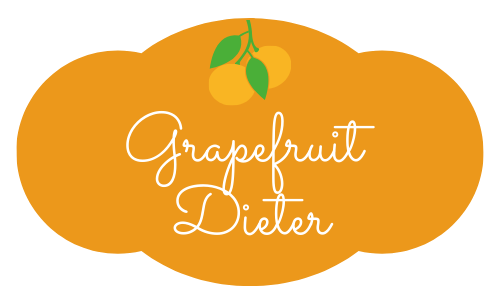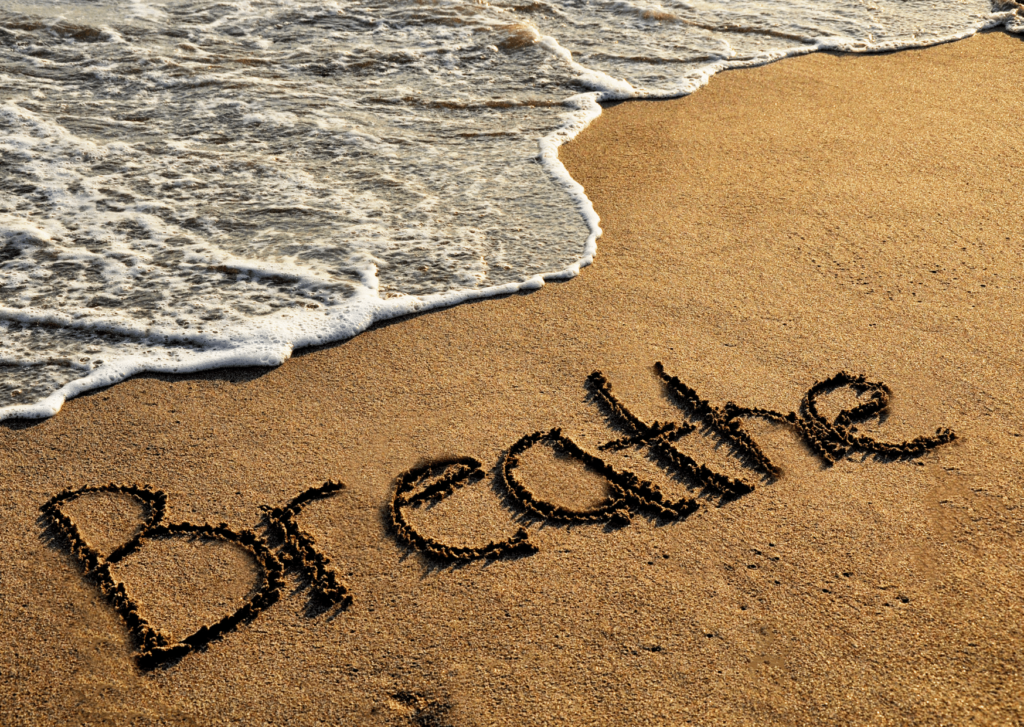Do you suffer from chronic stress? Are you having trouble losing weight? These two problems are directly linked. Your ability to lose weight is linked to so many different bodily processes that almost any deviation from the body’s homeostasis can affect your chances of losing weight.
Stress leads to overeating, slows down your metabolism, and can prevent you from staying in shape. If you don’t want stress to interfere with your fitness goals, you need to learn how to deal with that stress.
The usual recommendation for dealing with stress is to exercise moderately, spend time outdoors, and eat a healthy diet. But, when you are stressed, it can be difficult to accomplish any of these activities.
Instead, you have to deal with stress. This is achieved with the help of relaxation techniques and activities.
In this article, you will learn more about the link between stress and weight loss. And, you will find several relaxation techniques that will help you get rid of stress, while improving your ability to deal with additional stress.
With the right techniques, you can keep stress from getting in your way.
How stress can affect weight loss?
There are many ways that stress can get in the way of your weight loss goals. It can limit your ability to lose weight, prevent you from sticking to your workout plans, and even lead to overeating.
First of all, you need to understand what happens to your body in times of stress: your body produces glycogen from your stored glucose, to provide energy. This release of energy, combined with an increase in cortisol levels, can lead to food cravings.
If you suffer from chronic stress, you will probably have a hard time reducing your cravings.
In addition to these cravings, increasing cortisol levels can directly limit your ability to lose weight. A high level of cortisol can lead to a reduction in muscle mass. This slows down your metabolism, which limits the number of calories you burn throughout the day.
In addition to hormonal changes, stress can impact your ability to stick to your plans.
When you’re constantly under stress, it’s harder to plan your meals, manage your time, and make healthy decisions. When you are stressed, you are more likely to order take out than to prepare good, healthy meals.
These factors can make it difficult to get the weight loss results you want. With a high level of cortisol, you have a direct obstacle that is going to prevent you from reaching the body you always wanted.
So, if you’ve tried eating a healthy diet or exercising every day with no results, stress could be to blame.
What can you do to overcome this obstacle?
You will need to identify the cause of your stress. This is an important step. If you can identify the cause then you can take steps to avoid future stress.
If stress is inevitable, then you will need to rely on the following relaxation techniques:
- Deep breathing techniques
- Mindfulness meditation
- Yoga and Tai Chi
While these techniques can provide instant relief, they also increase your ability to deal with future stress.
You don’t need to use all of the techniques provided. But, you should at least try to include one of these techniques in your daily routine.
Deep breathing relaxation techniques
The first technique you should consider is deep breathing. This is one of the easiest techniques to use and it doesn’t require a lot of time.
Why should you use deep breathing?
Deep breathing allows you to inhale more oxygen. It helps slow your heart rate, relax your muscles, and lower your blood pressure. It also helps to increase the flow of oxygen to the brain, which is limited under stress.
So, deep breathing gives you a chance to calm down and relax. Whether it’s for a minute or several minutes, it will have an instant effect on your mood and stress levels.
Rapid breathing is also an essential part of other relaxation techniques. Whether you are meditating or practicing yoga, you are focusing on your breathing.
How can you start to practice deep breathing?
Deep breathing can be done anywhere. You don’t need any equipment. However, you will get better results if you can find a quiet and peaceful place.
When practicing this technique, you should try to breathe deep inside your abdomen. You want to get more fresh air in your lungs. If you have difficulty breathing deeply while sitting, you can use this technique while lying down.

When you are ready, place one hand on your chest and the other on your abdomen. Inhale through your nose. As you breathe in, you should feel your stomach rise while the hand on your chest should remain still.
Breathe out through your mouth. Keep exhaling until you have forced all the air out of your lungs and your stomach muscles have contracted. As you breathe out, your stomach should move, but your chest should stay almost still.
Repeat this process. Breathe in through your nose and breathe out through your mouth. If your chest rises and falls, then you are not breathing from deep within your abdomen.
You can do this for several seconds or several minutes. It’s a technique you can use anywhere. You can practice your deep breathing while sitting at your work desk, while you are on a break in the bathroom, or elsewhere. While this method is most effective if you can find a quiet place, it is also a useful technique to instantly curb stress or anger gradually.
Even when you’re feeling stressed or angry, just take a moment to practice deep breathing.
Just that is often enough to calm your mind and keep stress or anger from coming to life. Fast breathing is a simple solution to dealing with stress. But, sometimes, it is not enough to calm your thoughts. As you inhale and exhale, your mind may still be focused on the cause of your stress.
If so, then you should try the next technique. Besides offering the same benefits as deep breathing, It can help you forget your worries.
Guided Mindfulness Meditation
The next technique is guided mindfulness meditation. With this form of meditation, you will be using deep breathing as a tool to help clear your thoughts.
Mindfulness meditation can help you focus more on the present, instead of worrying about the past or the future. It will work best in a quiet room without distraction.
Why should you use mindfulness meditation?
Some people hesitate to try meditation. They see it as a holistic practice with no real value. The truth is, it’s a simple technique to help calm your mind and relax your body. Also, this form of meditation does not require the use of a mantra or introspective reflection. You are just cleaning your mind.
You can start with a few minutes of meditation.
In fact, you should keep your meditation to less than 5 minutes, until you get used to this technique. As with most things, you can increase your chances of success by taking small steps instead of taking the plunge.
Start with a few minutes of guided mindfulness meditation. As you gain more control over your thoughts, you can extend the duration of your meditation.
While meditating, you should find a comfortable place, such as a chair. You should also keep your spine straight. Some people prefer to sit on the floor with their legs crossed. The position is less important, you can sit up straight. It helps with breathing.
How do you get started with mindfulness meditation?
To get started, sit down in a comfortable place and start breathing naturally. Breathe in through your nose and breathe out through your mouth.
You have to make a conscious effort to breathe naturally. But, you don’t need to breathe deeply. Let the air flow through the nose and out the mouth. Concentrate on your breathing. Your belly should rise and fall.
As you meditate, random thoughts will likely enter your mind. This could include thoughts related to the situation that is stressing you out.
Whether it is a positive or negative thought, you should recognize the thought without judging it. Just recognize the thought and let it go. If you have trouble pulling the thought away, focus on your breathing.
This is the basic idea of mindfulness meditation. As thoughts enter your mind, let them go. You don’t ignore them, but you don’t give them your attention.
First, it can be difficult, which is why it is a practice. You have to stay focused. Try to meditate for several minutes each day, slowly increasing the duration of your meditation.
Over time, it will become easier to recognize thoughts without meditating on them – a skill that can be imparted in the real world. With practice, you can become better equipped to not let stress get on you all the time.
First steps with yoga and tai chi
The next relaxation technique is exercise. Specifically, there are two forms of moderate exercise that you can consider using: Yoga and Tai Chi. These methods share similar advantages.
Why should you use yoga or tai chi?
Yoga and tai chi are two useful methods of reducing stress. They help improve your mood and can have a positive impact on your physical health.
Both practices require you to use various poses. This allows your body to move – which improves blood circulation and oxygen flow to your brain. This brings the same benefits that deep breathing and mindfulness meditation offer.
Although with Yoga and Tai Chi, you may find it easier to let go of your worries and focus on the present. Focusing on different poses gives your mind a distraction that may be more effective than trying to force yourself to focus on your breathing.
How to start with yoga?
There are different types of yoga routines and yoga classes that you can use. Almost all of these methods use steady movement, gentle stretching, and deep breathing.
Hatha yoga and Satyananda are the two most common types of yoga practiced by beginners.
There are several options for practicing yoga. You can find a local yoga class, watch a yoga DVD or video online, or you can hire a private teacher. Whichever option you choose, you should commit to including it in your weekly routine. You should try to practice yoga several times throughout the week.
Yoga routines last between 30 and 60 minutes. If you want to try it out for yourself, you should go online and search for “yoga for stress relief” videos. You can find them online and take them as if you were in a yoga class.
How to start with Tai Chi?
Tai Chi is like Yoga in many ways. Both practices require gentle, even movements. However, with Tai Chi, the poses resemble martial arts movements performed at slow speeds. In fact, Tai Chi has its roots in the martial arts.
It is a low impact, relaxing exercise that may be more suitable for people with joint problems or injuries. You don’t need to bend your body into various poses like you would with yoga.
As with yoga, you can find Tai Chi videos online. However, it is best to practice in a synchronized group.
Introduce stress relief into your daily routine
Time can be a major stressor. When you’re pressed for time, it’s easy to get stressed out and not set aside time for yourself. But, sometimes you have to slow down and take a moment to focus on your mental and physical health.
Even if you don’t feel like you have time available, you can squeeze one or two of the techniques discussed.
Yoga and Tai Chi require more time, but they are not the only options presented.
Rapid breathing is a technique that only takes a few seconds to begin. Meditation can be completed in a matter of minutes. If you are in a hurry for time, then start with one of these two options.
It doesn’t matter how much time you spend on your relaxation techniques at first. The goal is to get into the habit of using these techniques every day or several times a week.
If you take the time, you increase your chances of success.
As a final tip, look into jogging, running, swimming and other sports activity that you’re likely to enjoy, and more likely to continue doing as consistency is key to overcoming most difficult things.







